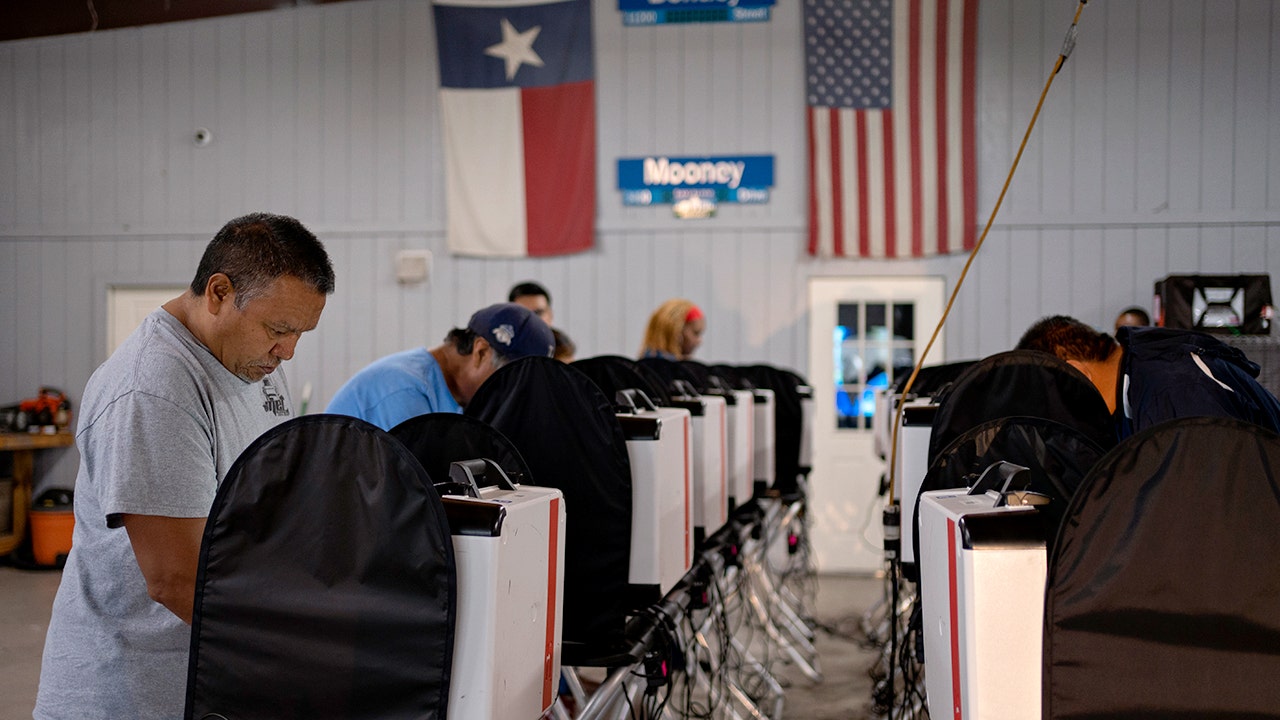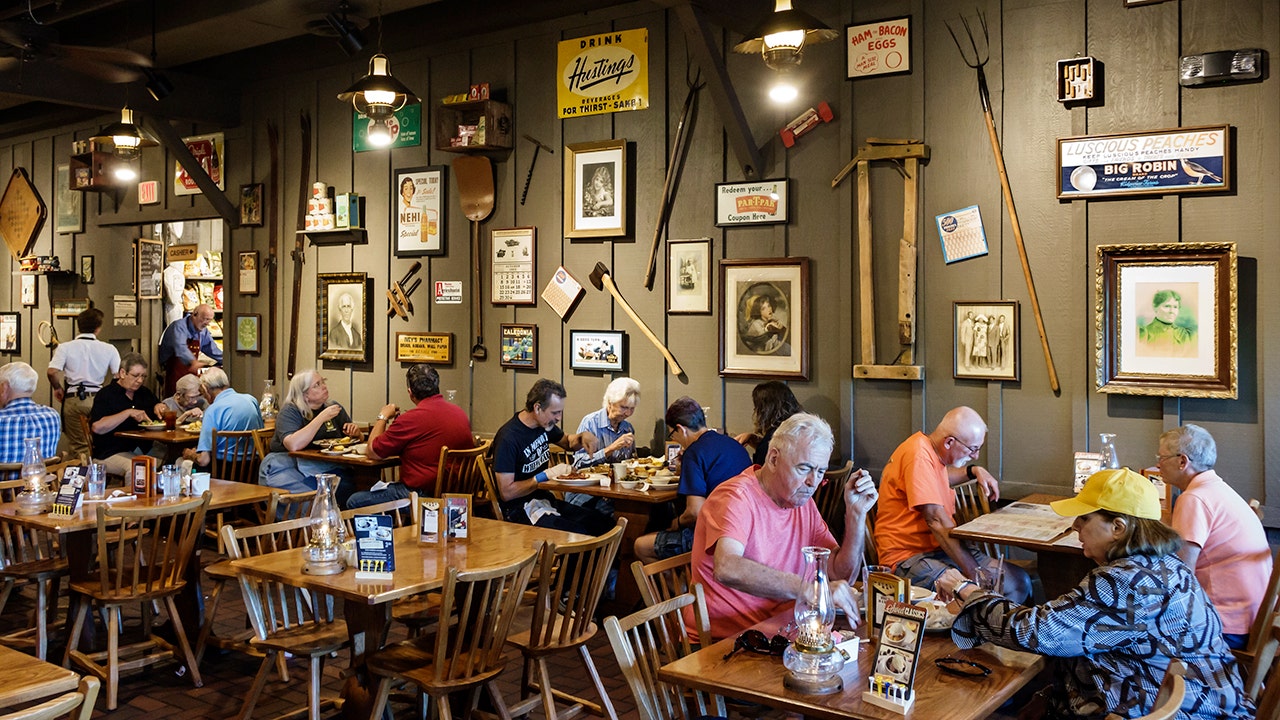Teaching children how to keep safe is becoming increasingly challenging for households across Australia.
However, one woman has suggested we look away from the term ‘stranger danger’ and trade it in for a more realistic one.
“I think we need to start moving away from ‘stranger danger’ and more towards what a ‘tricky person’ looks like,” she said, in a clip posted to TikTok.
With an account dedicated to teaching self-defense tips, she thinks this type of thinking is fundamental for parents, including what a ‘safe adult’ would and wouldn’t do.
“Stranger danger truly did so much damage”
“A safe adult is never going to ask a child for help. A safe adult is never going to ask a child to keep a secret from their parents… Those are tricky people,” she points out.
She argues that strangers are everywhere. Everyone is a stranger. Whereas a ‘tricky’ person could be someone who is known to the child.
Her followers in the comments section largely agreed.
“Stranger danger truly did so much damage. Statistically, it’s a family member or friend,” wrote one commenter.
Another added: “We don’t look out for stranger danger. We look out for strange behavior.”
Every morning, the NY POSTcast offers a deep dive into the headlines with the Post’s signature mix of politics, business, pop culture, true crime and everything in between. Subscribe here!
“I’ve always told my kids this: any adult asking a kid for help is a red flag. Adults look for help from another adult,” a third said.
“Legitimate adults seeking help would and should ask other adults”
We spoke to former child abuse detective Kristi McVee to see if the advice is something parents should indeed take on. She argues the topic is “slightly more nuanced.”
“Safe adults can and do ask children for help, but the types of things they ask are never going to put a child in danger, make them feel unsafe or ask them to keep a secret,” she told Kidspot.
She says the core idea of the argument is absolutely spot on.
“When we teach children about “safe adults” versus “tricky people,” the key message is that legitimate adults seeking help would and should ask other adults for help, not children,” she said.
“This is typically when an adult asks a child for help with something that feels inappropriate, secretive, or makes the child uncomfortable.”
She refers to grooming tactics like “can you help me find my lost puppy?” or “can you help me carry this to my car?”
But context matters, because children should be able to trust appropriate requests for help when it comes to instances such as chores.
“Safe adults empower children through age-appropriate responsibilities; tricky people seek to exploit their innocence or desire to help by creating situations that lead to isolation or inappropriate contact,” she explained.
She says chatting with kids about what ‘help’ looks like is really important for parents to help them identify situations that might be dangerous.
“When we talk to children about this topic, we can focus on what are ‘safe adult’ behaviors and encourage them to identify what could be tricky behaviors.
This conversation works best when a child has a solid understanding of their body safety and bodily autonomy.”













